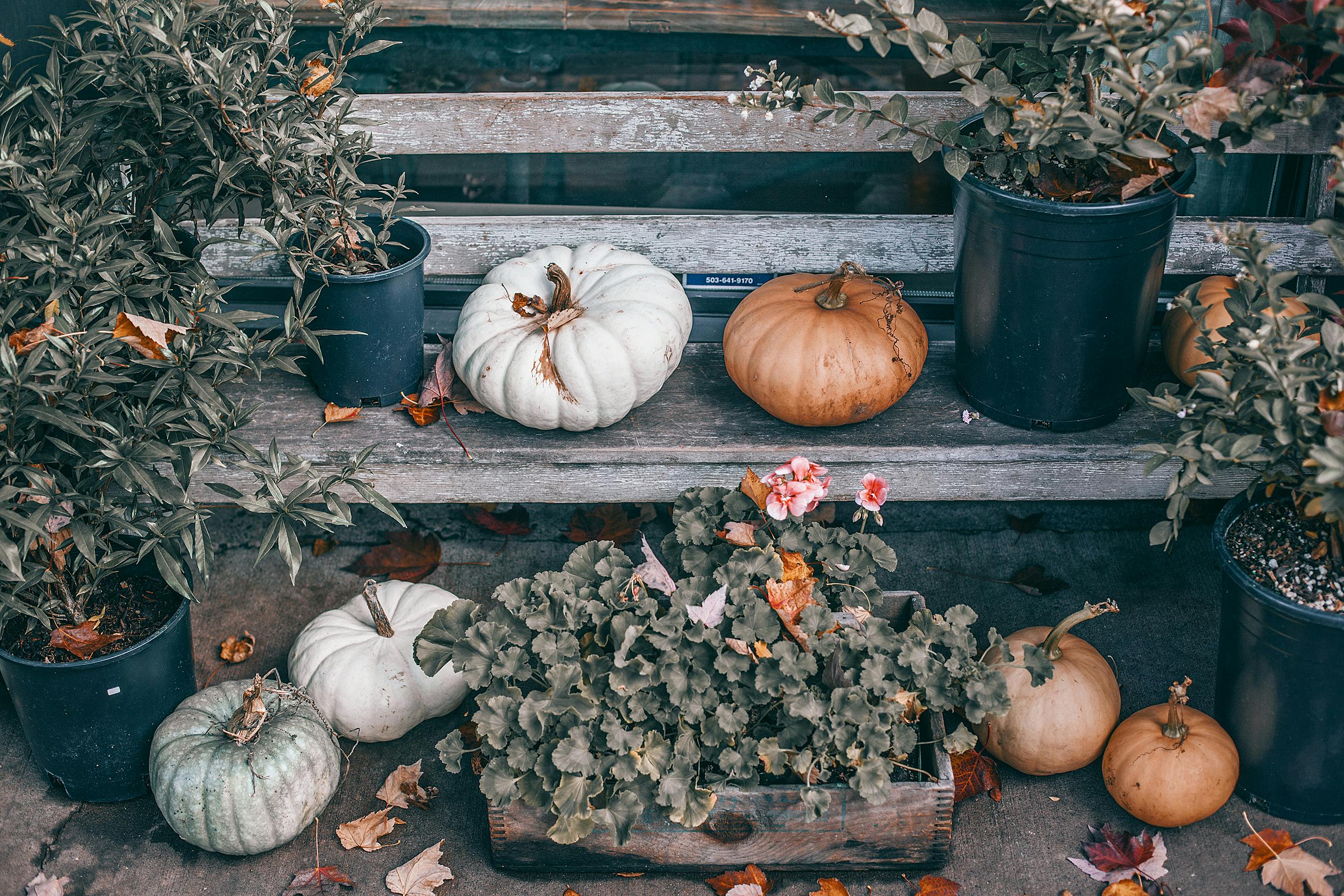Snake Plants are a popular houseplant choice thanks to their low-maintenance care requirements and striking appearance. When it comes to finding the right pot for your Snake Plant, size matters. The pot size should be big enough to accommodate the roots of your Snake Plant, but not so large that it drowns the roots in soil. To help you choose the perfect pot for your Snake Plant, here is a guide on What Size Pot For Snake Plant.The size of pot you need for a Snake Plant will depend on the size of the plant. A 4-inch pot is suitable for a small Snake Plant, while larger plants may require a 6-inch or 8-inch pot.
Types of Pots Suitable for Snake Plant
When it comes to selecting the right pot for your snake plant, there are several factors to consider. The most important factor is the size of your snake plant; too small a pot will limit its growth, while too large a pot may cause root rot due to overly wet soil. You should also consider the type of material from which the pot is made, as some materials can affect the plant’s growth. Here are some types of pots that are suitable for snake plants:
Terracotta Pots: Terracotta pots are a great choice for snake plants as they allow water to evaporate quickly and provide good air circulation around the roots. The porous nature of terracotta helps maintain an ideal level of moisture in the soil and prevents root rot. However, terracotta can be quite fragile and needs to be handled with care.
Plastic Pots: Plastic pots offer good insulation and protection from extreme temperatures, making them ideal for indoor environments where temperature fluctuations are more common. They also come in a variety of sizes and colors, allowing you to choose one that fits with your decor. But plastic pots can retain moisture for longer periods, so make sure you check the soil regularly and water only when necessary.
Ceramic Pots: Ceramic pots provide great insulation from both cold temperatures in winter and heat in summer, making them perfect for outdoor use. They come in a range of styles and colors which makes it easy to find one that fits with your decor. However, ceramic can be heavy so make sure you have a sturdy stand or shelf where you can place it safely.
No matter which type of pot you choose for your snake plant, make sure it has drainage holes at the bottom to allow excess water to escape, as this will help keep your plant healthy and happy!
Size and Shape
When selecting a pot for your snake plant, size and shape should be taken into account. A pot that is too large can cause the plant to become root bound, which can lead to poor health. A pot too small can cause the roots to be cramped and unable to access enough nutrients. The ideal pot should have a width that is just slightly larger than the plant’s root system. It should also be deep enough to allow for proper drainage. Pots with wider openings are generally preferred, as they allow for more airflow around the roots.
Material
The material of the pot is also an important consideration when choosing a pot for your snake plant. Clay pots are ideal, as they provide excellent drainage and breathability for your plant’s roots, while also preventing water from evaporating quickly, allowing the soil to stay moist longer. Plastic pots are another option, though they tend to trap moisture more quickly and can lead to root rot if not monitored carefully.
Drainage Holes
Finally, it is important to make sure that the pot you choose has adequate drainage holes at the base. This will ensure that excess water can escape and prevent root rot caused by overwatering. Make sure that these holes are big enough so that water can easily flow through them.
Right-Sized Pot for Snake Plant
Choosing the right-sized pot for your snake plant is essential in keeping it healthy and growing. By providing the right environment, you can ensure that your snake plant will thrive. Here are some of the benefits of selecting the right-sized pot for your snake plant:
The right-sized pot will provide enough room for the roots to expand, allowing the soil to remain moist without becoming waterlogged. This helps to keep your snake plant healthy and prevents root rot. Additionally, a larger pot provides more aeration which helps to improve drainage and prevents root rot.
Also, having a container that is big enough allows you to use more soil mix which can help to provide the necessary nutrients for your snake plant. A larger pot also allows more air exchange between the soil and atmosphere which results in healthier plants with an increased tolerance of extreme temperatures.
Finally, having a large enough container gives you more flexibility when it comes to repotting your snake plant as it grows. This allows you to repot when necessary without worrying about overcrowding or causing damage to the roots.
In conclusion, selecting a right-sized pot for your snake plant is essential in keeping it healthy and growing. By providing a larger container with good drainage and aeration, you can ensure that your snake plant will have access to all of the necessary nutrients and environmental conditions needed for its continued growth and health.

How to Measure the Pot Size for Snake Plant
Measuring the pot size for your snake plant is an essential step in keeping it healthy and thriving. It is important to choose a pot that is large enough for your plant, but not so large that it restricts root growth.To measure the pot size for your snake plant, you will need to know the diameter of the root ball, and then calculate the volume of soil needed. The easiest way to measure the root ball is with a ruler or tape measure. Start at one side of the root ball and measure straight across to the other side. This will give you the diameter of your root ball. Then, multiply this measurement by itself, and by pi (3.14), to get its volume in cubic inches or cubic centimeters. Once you have this number, you can use it to determine how much soil you need when selecting a new pot for your snake plant.
It is also important to consider drainage when choosing a pot for your snake plant. Make sure that there are several drainage holes in the bottom of the pot so that excess water can escape easily after watering. This will help prevent waterlogging and root rot, which can be damaging to your plant’s health.
Different Types of Containers for Snake Plant
Snake plants, also known as mother-in-law’s tongue, are a popular choice for houseplants due to their hardiness and low-maintenance requirements. While snake plants can be grown in a variety of containers, there are some specific types that work best and provide the best environment for your plant to thrive.
Clay pots are the most common type of container used for snake plants. They come in a variety of shapes, sizes, and colors and provide excellent drainage for the plant. Clay pots also help keep the soil slightly moist which is beneficial for snake plants. The downside to clay pots is that they can be quite heavy and difficult to move if you need to reposition your plant.
Plastic pots are lightweight and come in a wide range of colors and styles. While plastic containers may not be as aesthetically pleasing as clay ones, they offer an affordable option that is easy to move around when necessary. Plastic containers also tend to hold moisture better than clay pots which can help reduce the amount of watering needed for your snake plant.
Ceramic containers are another great option for growing snake plants indoors. They come in a variety of shapes and sizes and are usually more decorative than other container options. Ceramic containers offer good drainage while also providing insulation for the roots of the plant which can help keep it warm during cold winters or hot summers. The downside with ceramic containers is that they tend to be more expensive than plastic or clay pots.
Hanging baskets are perfect for growing snake plants that have long stems or vines since they allow the stems to hang freely without any restriction from a pot or container. These baskets come in a variety of materials such as wicker, wire, or plastic, so you can find one that fits your style easily. The downside with hanging baskets is that they require regular watering since they don’t have much soil capacity and don’t hold moisture very well.
No matter what type of container you choose for your snake plant, make sure it has adequate drainage holes at the bottom so excess water can escape easily after each watering session. Additionally, make sure you use a potting mix specifically designed for succulents since this will provide adequate drainage while still retaining enough moisture to keep your snake plant healthy and happy!
Transplanting a Snake Plant in a New Pot
Transplanting a snake plant into a new pot can help revive an unhealthy plant and keep it thriving for many years to come. It’s important to take the time to properly prepare the new pot and soil before transplanting your snake plant. Doing so will help ensure your snake plant’s roots have enough room to grow and provide adequate drainage for excess water. Here are the steps to follow when transplanting a snake plant into a new pot:
1. Choose the right size pot for your snake plant. The pot should be only slightly larger than the current one, as too large of a pot can lead to root rot due to excessive moisture. Make sure there are drainage holes in the bottom of the pot.
2. Prepare the soil by mixing equal parts of peat moss, perlite, and all-purpose potting soil. This mixture will provide your snake plant with ample drainage without becoming overly soggy.
3. Place some gravel at the bottom of your new pot for additional drainage.
4. Carefully remove your snake plant from its old pot and loosen any tangled or matted roots with your fingers or scissors.
5. Place your snake plant in its new pot and fill in with prepared soil until it is level with the top of the root ball.
6. Water thoroughly so that water comes out through drainage holes at the bottom of the pot.
7. Place in an area with bright, indirect light such as an east or north-facing window.
8. Once established, water when soil is dry about 1-2 inches below surface level and fertilize once every 6 weeks during growing season (spring/summer).
By following these steps, you can successfully transplant your snake plant into a new pot and ensure it has everything it needs to thrive!

Conclusion
Snake plants are hardy and can adapt to a variety of conditions and containers. The size of pot for a snake plant depends on the desired look, how many plants are in the container, and the size of the plant itself. Larger pots will provide more room for growth and give the plant more stability when it is top-heavy. A pot that is too large may make the soil soggy, so choose a pot that is slightly larger than what is needed for optimal drainage. If you’re looking for an easy-care statement piece that looks great in any room, a snake plant in a pot is an excellent choice.
When selecting a pot for your snake plant, be sure to consider drainage, weight, and overall stability for your particular space. The right pot can make your snake plant look its best and ensure it grows bigger and healthier over time. With proper care, your snake plant can be enjoyed in your home or garden for many years to come!

